Ad
Articles
HEPA vs Ionizer vs Activated Carbon: Which Air Purifier Filter is Best for Indian Homes in 2025?

In a country like India, where cities often choke under thick layers of smog, breathing clean air has become a luxury. As a technology journalist covering gadgets that improve daily life, I've seen how air purifiers have gone from niche products to household essentials. With the Air Quality Index (AQI) in places like Delhi frequently crossing hazardous levels, families are turning to these devices for relief. But with so many filter types out there—HEPA, ionizer, and activated carbon—which one should you choose? This comprehensive guide breaks it down, focusing on what's best for Indian conditions, and includes a buying guide with real recommendations.
The Air Pollution Crisis in India: Why You Need an Air Purifier Now

India's air quality is among the worst in the world. According to recent reports, every single person in India breathes air that doesn't meet safe standards. In 2025, cities like Delhi remain the most polluted capital globally, with pollution levels so high they can reduce life expectancy by up to 8.2 years. Fine particles known as PM2.5—tiny pollutants that enter your lungs and bloodstream—are the main culprits. These come from vehicle emissions, construction dust, crop burning, and industrial fumes.
The health impacts are scary. Air pollution causes about 1.5 million deaths each year in India, leading to problems like asthma, heart disease, stroke, and even lung cancer. Children and the elderly are hit hardest, with rising cases of respiratory issues in urban areas. In winter, when pollution peaks due to stubble burning in northern states, AQI readings can soar above 500—way beyond the "severe" category.
This is where air purifiers come in. They can't fix outdoor air, but they create a safe bubble indoors. In Indian homes, where dust from roads, pollen from plants, and odors from cooking are common, the right filter makes all the difference. Let's dive into the three main types: HEPA, ionizer, and activated carbon.
What is a HEPA Filter? How It Works and Why It's Popular in India

HEPA stands for High-Efficiency Particulate Air. These filters are like a fine net that traps tiny particles from the air. They work by forcing air through a dense mat of fibers, capturing dust, pollen, pet dander, smoke, and even some bacteria and viruses as small as 0.3 microns. In simple terms, if a particle is bigger than a speck of flour dust, HEPA can catch it—up to 99.97% of them.
Pros of HEPA Filters
- Highly Effective Against Particles: Perfect for India's dusty environment. They handle PM2.5, allergens, and mold spores well, reducing allergy symptoms and asthma attacks.
- Safe and Reliable: No harmful byproducts like ozone. Doctors often recommend them for homes with kids or people with breathing issues.
- Proven Technology: Used in hospitals and labs, so you know it works.
Cons of HEPA Filters
- Needs Regular Replacement: Filters get clogged over time, so change them every 6-12 months. In polluted areas like Mumbai or Bangalore, it might be sooner.
- Doesn't Remove Odors or Gases: If your problem is cooking smells or chemical fumes, HEPA alone won't cut it.
- Can Be Noisy and Power-Hungry: Fans push air through the dense filter, so some models make noise or use more electricity.
In India, HEPA is a top choice because our air is loaded with particulate matter from traffic and construction. Brands like Philips and Coway offer HEPA-based purifiers that are energy-efficient and quiet, making them ideal for bedrooms.
What is an Ionizer? The Tech Behind Charged Air Cleaning

Ionizers, also called ionic air purifiers, use electricity to clean the air. They release negative ions that attach to pollutants like dust and smoke, making them heavy so they fall to the ground or stick to surfaces. No physical filter is needed—instead, it's like giving pollutants a "charge" to drop out of the air you breathe.
Pros of Ionizers
- Quiet Operation: No loud fans, so great for silent rooms.
- Low Maintenance: No filters to replace often; just clean the collection plates.
- Effective on Small Particles: Good for smoke and viruses, common in crowded Indian cities.
Cons of Ionizers
- Produces Ozone: This gas can irritate lungs, especially bad for asthma patients. In India, where air is already polluted, extra ozone is a no-go.
- Doesn't Remove Pollutants Permanently: Particles settle on floors and furniture, so you still need to vacuum them up.
- Less Effective in Large Rooms: Works best in small spaces; not ideal for big Indian living rooms.
Ionizers are less common standalone in India due to ozone concerns, but many purifiers combine them with other tech for added benefits. If you live in a low-dust area like coastal cities, it might work, but I advise checking ozone-free models.
What is Activated Carbon? Tackling Smells and Chemicals

Activated carbon filters use charcoal that's been treated to have millions of tiny pores. These pores act like sponges, absorbing gases, odors, and volatile organic compounds (VOCs) from paints, cleaners, and cooking. Air passes through, and the bad smells stick to the carbon.
Pros of Activated Carbon Filters
- Great for Odors and Gases: Handles curry smells, tobacco smoke, and chemical fumes—perfect for Indian kitchens where spices rule.
- Complements Other Filters: Often paired with HEPA for all-around cleaning.
- No Electricity Needed for the Filter Itself: Low energy use when combined in a purifier.
Cons of Activated Carbon Filters
- Doesn't Trap Particles: Useless against dust or pollen on its own.
- Short Lifespan: Saturates quickly in high-odor environments; replace every 3-6 months.
- Can Be Expensive to Maintain: Replacement filters cost more in India due to import duties.
In urban India, where VOCs from traffic and household products are high, activated carbon is a must-have add-on. It's rarely used alone but shines in multi-stage purifiers.
HEPA vs Ionizer vs Activated Carbon: A Side-by-Side Comparison
To make it easy, here's a table comparing the three:
| Feature | HEPA | Ionizer | Activated Carbon |
|---|---|---|---|
| What it Targets | Particles like dust, pollen, PM2.5 | Particles, some viruses | Gases, odors, VOCs |
| Effectiveness | 99.97% for 0.3-micron particles | Good for small particles, but variable | High for chemicals, low for particles |
| Pros | Safe, reliable, doctor-recommended | Quiet, low maintenance | Excellent for smells |
| Cons | Needs replacement, no odors | Ozone risk, temporary removal | Short life, no particles |
| Maintenance | Replace 6-12 months | Clean plates monthly | Replace 3-6 months |
| Best for India | Dusty cities like Delhi | Small rooms with low dust | Kitchens with strong odors |
| Cost (Filter Replacement in INR) | 1,000-3,000 | Low (no filter) | 500-2,000 |
From this, HEPA stands out for particle-heavy Indian air, but combining with activated carbon covers more bases. Ionizers are niche due to health risks.
Which Filter Type is Best? It Depends on Your Needs
There's no one "best" filter—it's about your situation. For most Indian homes battling dust and smog, HEPA is the winner. It tackles the core issue of particulate pollution effectively and safely. If odors from cooking or pets are your main concern, add activated carbon. Ionizers? Skip them unless in a hybrid model without ozone.
The real champ is a combo: Many top purifiers use HEPA + activated carbon + sometimes a safe ionizer or UV for germs. This multi-layer approach handles India's mix of dust, smoke, and smells.
Buying Guide: How to Choose an Air Purifier in India
Shopping for an air purifier? Here's what to consider in the Indian market:
1. Room Size and CADR
CADR (Clean Air Delivery Rate) measures how fast it cleans. For a 300 sq ft room, aim for 200-300 CADR. Indian homes vary, so measure your space.
2. Filter Combination
Go for HEPA H13 or higher + activated carbon. Avoid pure ionizers.
3. Noise and Energy Use
Look for under 50 dB for bedrooms. Energy-efficient models save on bills—important with India's rising power costs.
4. Smart Features
App control, air quality sensors, and auto mode are handy. Brands like Dyson offer voice control with Alexa.
5. Maintenance Costs
Factor in filter replacements. In India, expect 2,000-5,000 INR yearly.
6. Certifications
Check for AHAM or BIS certification for reliability.
7. Budget
Entry-level: 5,000-10,000 INR (basic HEPA). Mid-range: 10,000-20,000 INR (combo filters). Premium: 20,000+ INR (smart features).
Buy from trusted sites like Amazon, Flipkart, or brand stores. Check warranties—most offer 1-2 years.
Top Recommendations: Best Air Purifiers for India in 2025
Based on recent reviews and availability, here are some picks.
-
Philips AC1711 (Around 12,000 INR): HEPA + activated carbon, CADR 300 m³/h. Great for bedrooms, quiet, and app-enabled. Ideal for asthma sufferers.
-
Coway Airmega 400 (Around 25,000 INR): True HEPA with carbon, high CADR 350 m³/h. Sturdy build, low noise—perfect for living rooms in polluted cities.
-
Dyson Pure Cool (Around 30,000 INR): HEPA + carbon, doubles as a fan. Sleek design, real-time AQI display. Premium choice for modern homes.
-
Sharp FP-F40E-W (Around 15,000 INR): Plasmacluster ionizer + HEPA. Ozone-safe ion tech, good for odors. Affordable hybrid.
-
Mi Air Purifier 4 (Around 10,000 INR): HEPA filter, smart controls via app. Budget-friendly for small rooms.
These are available on Amazon and Flipkart with good after-sales support. Always read user reviews for India-specific feedback.
Tips for Using Your Air Purifier Effectively in India
- Place it in the room you use most, away from walls.
- Run it 24/7 in high-pollution seasons.
- Combine with plants like areca palm for natural help.
- Ventilate when AQI is low to avoid buildup.
- Clean pre-filters weekly to extend life.
Common Myths Debunked
Myth: Air purifiers cure asthma. Truth: They reduce triggers but aren't a cure.
Myth: Cheaper models are as good. Truth: Invest in quality for real results.
Conclusion: Breathe Easier with the Right Choice
In 2025, with India's air quality still a challenge, picking the right filter can transform your home. HEPA leads for particles, activated carbon for odors, and ionizers as a cautious add-on. Go for combos like Philips or Coway for the best protection. Your health is worth it—start shopping today!
Follow Us:
Ad
Recent News
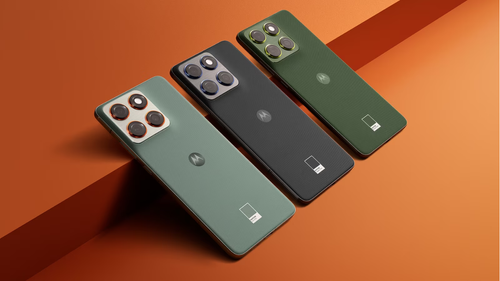
Motorola Edge 70 Launches in India: Slim Design, Strong Battery
15-Dec-2025 07:14 AM
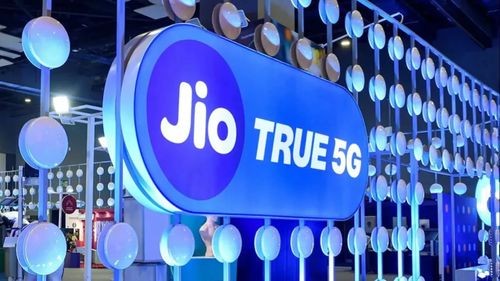
Jio’s Happy New Year 2026 Plans: Get Unlimited 5G and more
15-Dec-2025 06:38 AM

Amazon Bets Big on India’s AI Boom with New 2030 Roadmap
12-Dec-2025 12:23 PM

Google AI Plus Plan Launched in India: Affordable Access to Advanced AI Tools
10-Dec-2025 09:11 AM
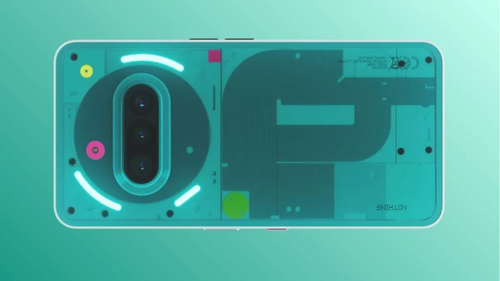
Nothing Phone 3a Community Edition Launches in India: A Fun, Fan-Made Phone
10-Dec-2025 06:30 AM
Reviews & Guides
View All
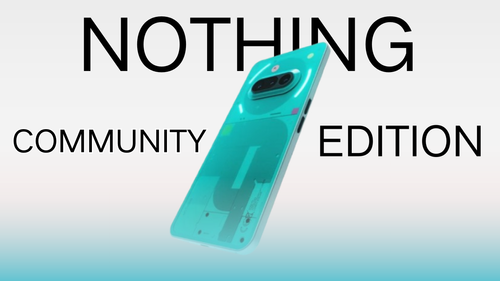
Nothing Phone 3a Community Edition First Impressions: A Fresh Take on Budget Smartphones
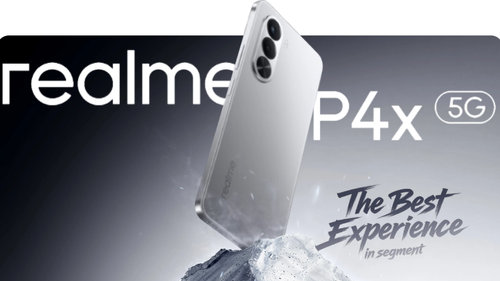
Realme P4x 5G Review: Budget-Friendly Beast with Epic Battery Life

Sony BRAVIA 7 Mini LED K-65XR70 vs. Haier Mini LED H65M95EUX

Samsung QN90F (65QN90FAU) Review: The King of Bright-Room Viewing

Why doesn’t Apple reveal the iPhone battery in advertisements?

Donald Trump Watch Collection: Timeless Luxury on the Wrist
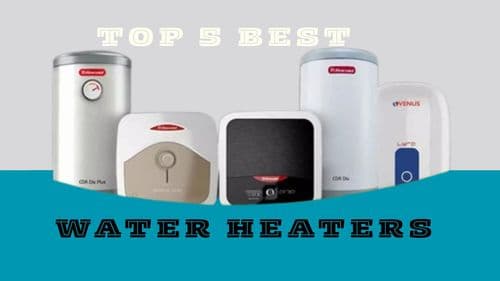
Best 5 Litre Water Heaters in India 2025: Top Latest Models for Quick Hot Water
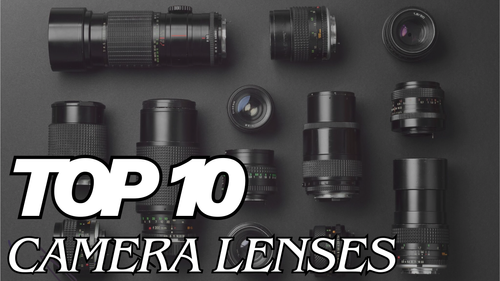
Top 10 camera lenses you should Own in 2025
Ad
Latest Mobiles In India
Ad
Ad












